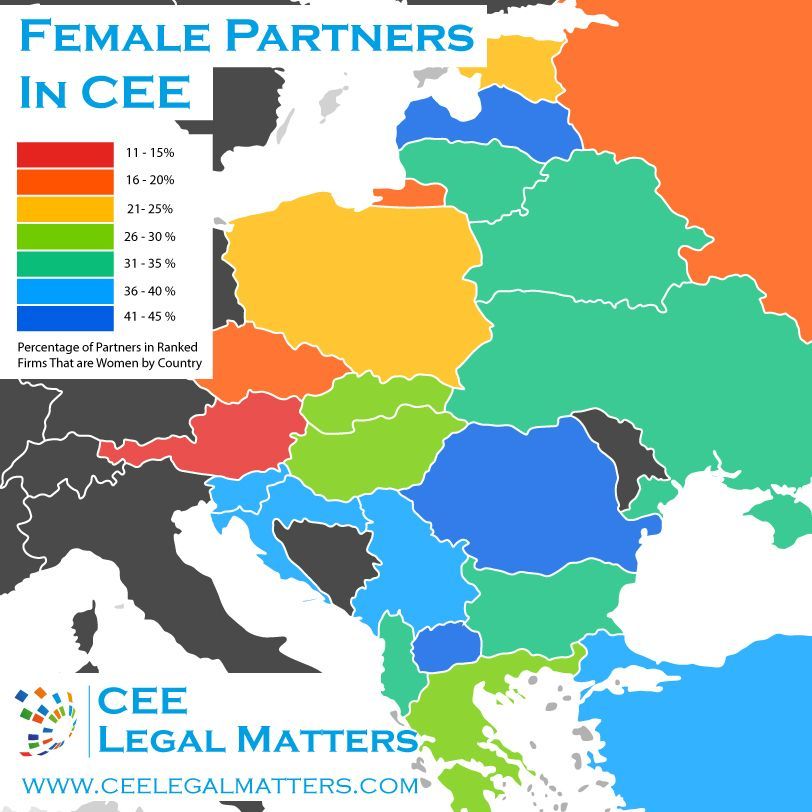The recently adopted Moldovan Competition Act no.°183, dated July 11, 2012 (the “Competition Act”) aims to transpose the provisions of Council Regulation (EC) No.1/2003 of December 16, 2002 “on the implementation of the rules on competition laid down in Articles 81 and 82 of the Treaty” and, partially, of Council Regulation (EC) No.139/2004 of January 20, 2004 “on the control of concentration between undertakings”, regarding, inter alia, the rules of notification for operations of economic concentrations (the “Operations”).
Notification Thresholds
The Competition Act provides for the mandatory notification to the Competition Council of Moldova of Operations where the combined turnover of the parties involved (excluding the seller) exceeds MDL 25 million (approximately EUR 1.5 million, or USD 1.9 million) world-wide; and each of at least two of the parties (excluding the seller) has revenues exceeding MDL 10 million (approximately EUR 600,000 or USD 750,000) in Moldova. The combined turnover is the sum of turnovers of the individual undertakings concerned in the Operation, in case of mergers, whereas in cases of acquisition of control, the turnover is the sum of the turnovers of the acquirer and the target undertakings.
Turnover Calculation
General
Under the general rule, the concept of total turnover refers to the amounts obtained by a concerned undertaking in the previous calendar year from the sale of goods as part of the undertaking’s normal activity, less applicable discounts, value-added tax, and other direct taxes. Any state aid granted by the public authorities to the undertaking is to be included within the total turnover, where the undertaking is the beneficiary of the state aid and the state aid is directly connected with the undertaking’s sale of goods.
Groups of Undertakings
The total turnover of the concerned group of undertakings does not include transactions concluded between the relevant undertaking and other undertakings in the same group. Only the amounts arising from concluded transactions between the group of undertakings, on one side, and third parties, on the other side, are to be taken into consideration for the purpose of the total turnover calculation. Consequently, where a concerned undertaking is part of a group, the mere calculation of the total turnover of the undertaking concerned in an Operation may be not sufficient for notification purposes. In such cases, the total turnover is computed as a sum of the total turnover:
- of the undertaking;
- of any undertakings in which that undertaking, directly or indirectly:
- holds more than half of the share capital; or
- has the right to exercise more than half of the voting rights;
- has the right to appoint more than half of the members of the council, executive board, or other bodies legally representing it; or
- has the right to manage its activities
- of any undertakings which hold the rights or competences indicated in (ii) above in it;
- of any undertakings in which the undertaking(s) indicated at (iii) above hold the rights or competences indicated at (ii) above;
- of any undertakings in which two or more undertakings indicated at (i) – (iv) above hold together the rights or competences indicated at (ii) above.
Industry Specific Turnover Calculation Rules
Different and specific provisions on calculating turnover apply to mergers in the Banking, Financial (non-banking), and Insurance sectors.
The turnover of banks and other institutions granting loans consists of the amount of both earnings arising from interest and other earnings, less any state taxes paid on such earnings. When calculating the turnover of undertakings effecting financial leasing as the main domain of activity, all leasing rates (as applied) are to be taken into consideration for the purpose of calculation.
The total turnover of insurance companies consists of the total amount of gross insurance premiums provided by insurance agreements concluded by or on behalf of the companies, including the premiums paid to reinsurers, less state taxes related to those premiums. The premiums that are to be taken into consideration refer to both the insurance agreements concluded in the respective year and the premiums arising out of the insurance agreements concluded in the previous years and that continue to be executed in the reference period.
The rules on turnover calculation under the Competition Act, including its secondary legislation, appear to be more transparent than under previous competition legislation. At this stage, however, it is not clear whether the implementation of these rules will succeed. Time will tell. Until then, to avoid unnecessary risks, companies are advised to keep consultants close by their side. Inaccurate computation may incur fines up to 4% of turnover.
By Vladimir Iurkovski, Managing Attorney, and Andrian Guzun, Associate, Schoenherr
This Article was originally published in Issue 2 of the CEE Legal Matters Magazine. If you would like to receive a hard copy of the magazine, you can subscribe here.

